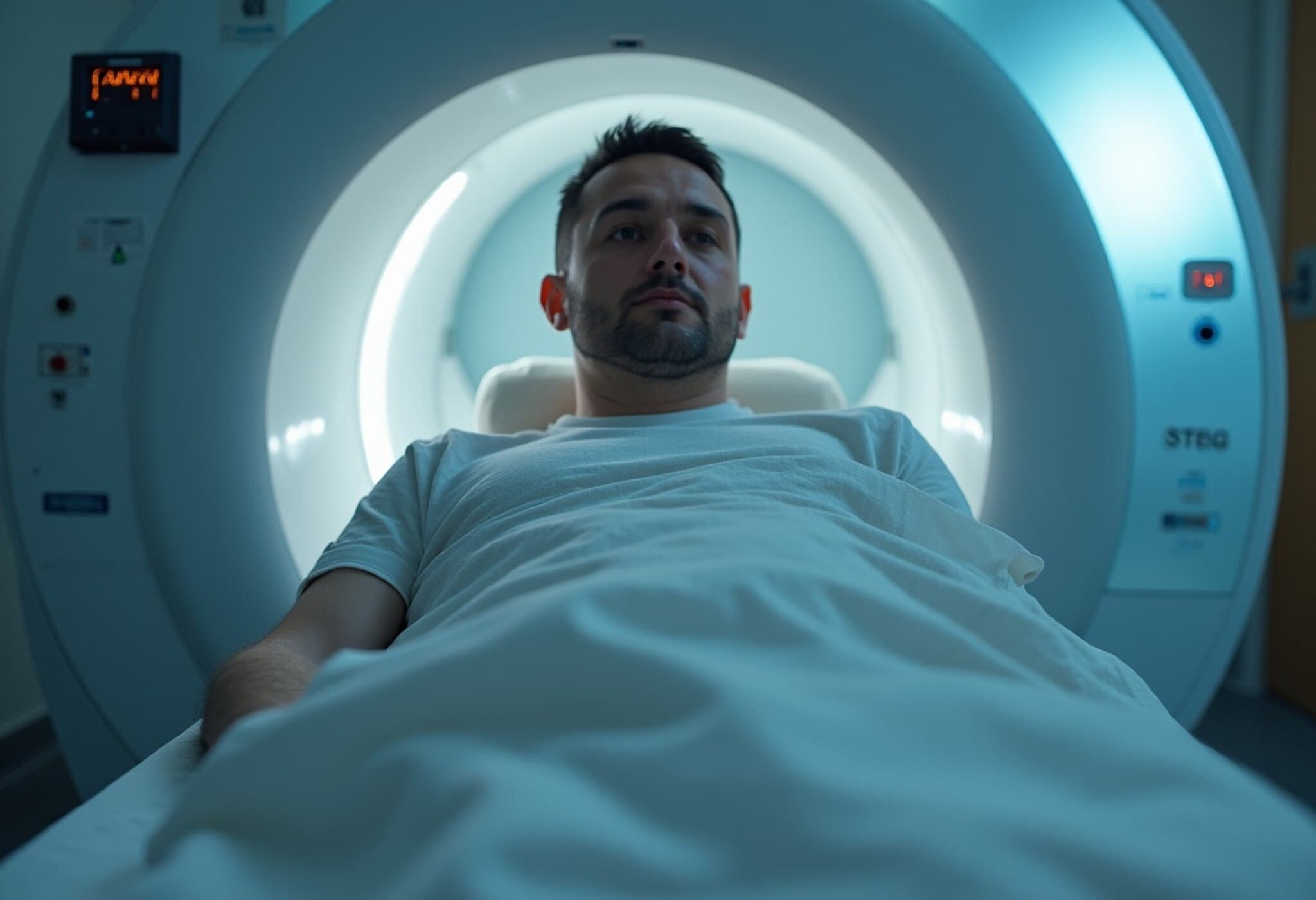Fatal MRI Incident Highlights Risks of Metal Objects Near Scanners
In a devastating incident on Long Island, a 61-year-old man tragically lost his life after a powerful MRI machine yanked his heavy metal chain necklace, pulling him forcefully into the device. The accident occurred on Wednesday afternoon at the Nassau Open MRI facility, New York authorities confirmed.
Details of the Incident
The victim, identified by his wife as Keith McAllister, entered the scanning room while the MRI machine was already active. The strong magnetic pull of the scanner gripped his 20-pound necklace, causing him to collide with the equipment. He passed away the next day, with police withholding official confirmation of his identity.
Mrs. Adrienne Jones-McAllister, who was undergoing a knee MRI at the time, recounted the harrowing moment to News 12 Long Island. She had called her husband in to assist her off the examination table when the machine suddenly latched onto his necklace, yanking him abruptly. "He hit the MRI," she said, describing how she urgently pleaded with staff to power down the machine and call emergency services.
She vividly recalled how he waved goodbye before collapsing, underscoring the gravity and suddenness of the incident.
Context and Safety Concerns with MRI Machines
MRI scanners generate extremely strong magnetic fields capable of attracting ferromagnetic objects with significant force, posing serious safety risks. Items such as wheelchairs, oxygen tanks, or metal jewelry can become dangerous projectiles if brought too close.
The National Institute of Biomedical Imaging and Bioengineering warns that precautions must be strictly observed to prevent such tragedies. Patients and staff alike need to be rigorously screened and informed about metal objects before entering MRI suites.
Historical Perspective and Policy Implications
This is not the first fatality associated with MRI equipment in New York. A 2001 accident at Westchester Medical Center—a 6-year-old boy was killed after an oxygen tank was pulled toward the scanner—resulted in a $2.9 million settlement. These recurring incidents reveal critical gaps in safety protocols and raise urgent questions about enforcement and technological safeguards.
Given the frequency and severity of these tragedies, there is a growing call among medical safety experts and patient advocates for:
- Enhanced MRI safety training for technicians and clinicians.
- Mandatory metal screening using advanced detection devices.
- Improved machine interlock systems that automatically shut down when unexpected ferrous objects enter the scanning room.
- Stricter regulatory oversight and national safety standards.
Expert Commentary
Dr. Emily Rosen, a biomedical safety consultant, emphasizes, "MRI accidents are preventable with vigilance and layered safety measures. This tragedy underscores the need for systematic checks and patient education to mitigate human error." She also suggests that modern MRI centers invest in advanced technology that can detect the presence of dangerous metals before scans begin.
Looking Ahead: What Can Be Learned?
This heartbreaking loss serves as a grim reminder of the silent dangers posed by powerful medical technology. Beyond mourning the victim, the medical community and regulatory bodies must seize this moment to intensify safety reforms. The goal must be zero tolerance for metal-related MRI accidents to ensure patient and staff safety nationwide.
Editor’s Note
What this tragedy reveals: MRI technology, while invaluable, carries inherent risks that require uncompromising safety measures. How can hospitals better safeguard against metal-related hazards? And what role should regulation and technology play to protect patients?
We invite readers to reflect on these questions as we advocate for awareness, accountability, and the continuous evolution of medical safety standards.



















